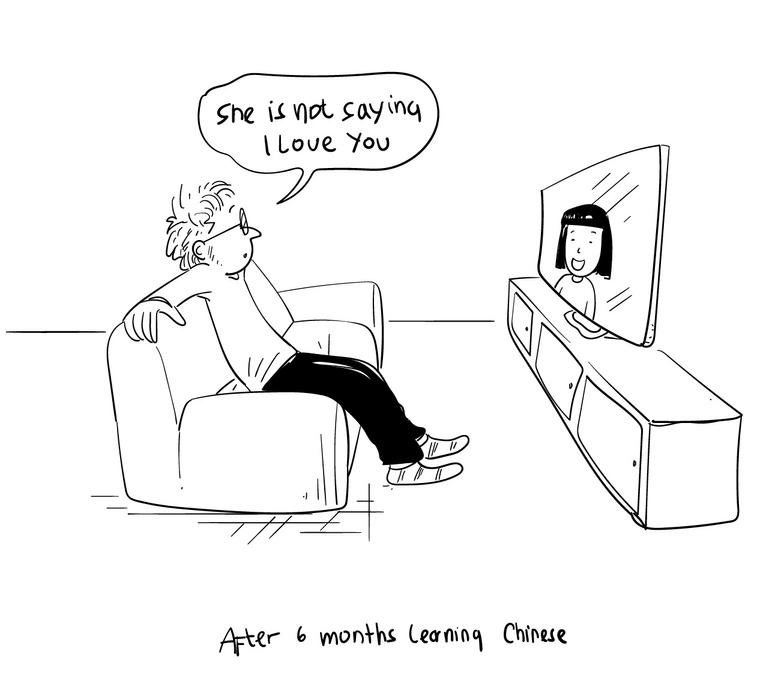
1 minute read
grammer grammer brew brew
语法:因为+reason+所以+result
“因为...所以.... “是⼀组表⽰因果关系的连接词。This is a group of conjunctions expressing cause and effect The clause after 因 为 is the reason and the clause after 所以 is the result of the reason mentioned before.
Advertisement
Structure:
因为+reason+所以+result,
Example: a. 因为艾⽶⽣病了,所以她今天没来上课。 b 因为我喝了过期的⽜奶,所以拉肚⼦了。
Because Amy was sick ,so she didn’t come to school today.
Because I drank expired milk, so I had diarrhea.
TEACHER'S NOTE NOTE TEACHER'S NOTE
相信你们都吃过中国的饺⼦,今天我们学习的⼩笼包和饺⼦很像,但是它和饺⼦也有些不
样,⼩笼包的形状是圆圆的,饺⼦是⻓⻓的。饺⼦可以⽤⽔煮着吃,但是⼩笼包只能放 在蒸笼⾥蒸着吃。在我们的⽇常⽣活中我们经常
I believe you have all eaten Chinese dumplings. The Xiaolongbao we are learning today is very similar to dumplings, but it is also somewhat different from dumplings. The shape of Xiaolongbao is round, and the dumplings are long. Dumplings can be boiled and eaten, but Xiaolongbao can only be steamed in a steamer. In our daily life, we often use "因 to explain the causal relationship before and after. We can try to use " 因 to explain the reason we name it Xiaolongbao. Try telling it to your friends, they will find it interesting too! Of course, you can also eat Xiaolongbao together!
Do you know the meaning behind the term “people who eatmelons?”Itdoesn’tmean someone is actually eating melons but rather a slang termthatreferstoahottopic or something that everyone is talking about. Follow along with Amy and Lily’s conversation to figure out whatthey’retalkingabout.








